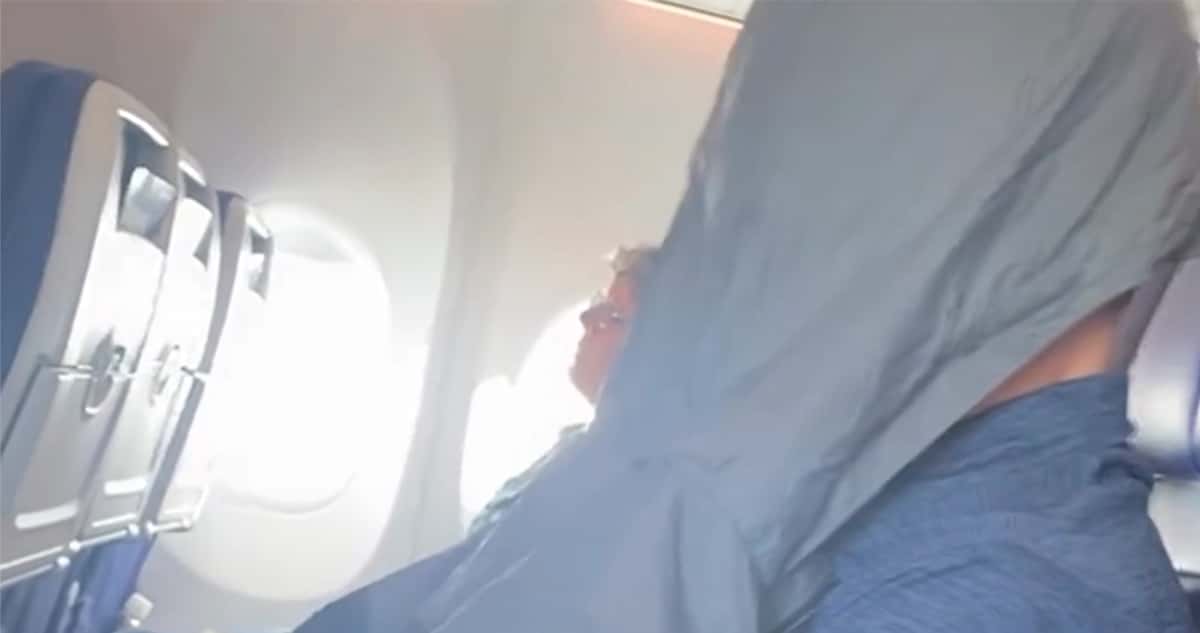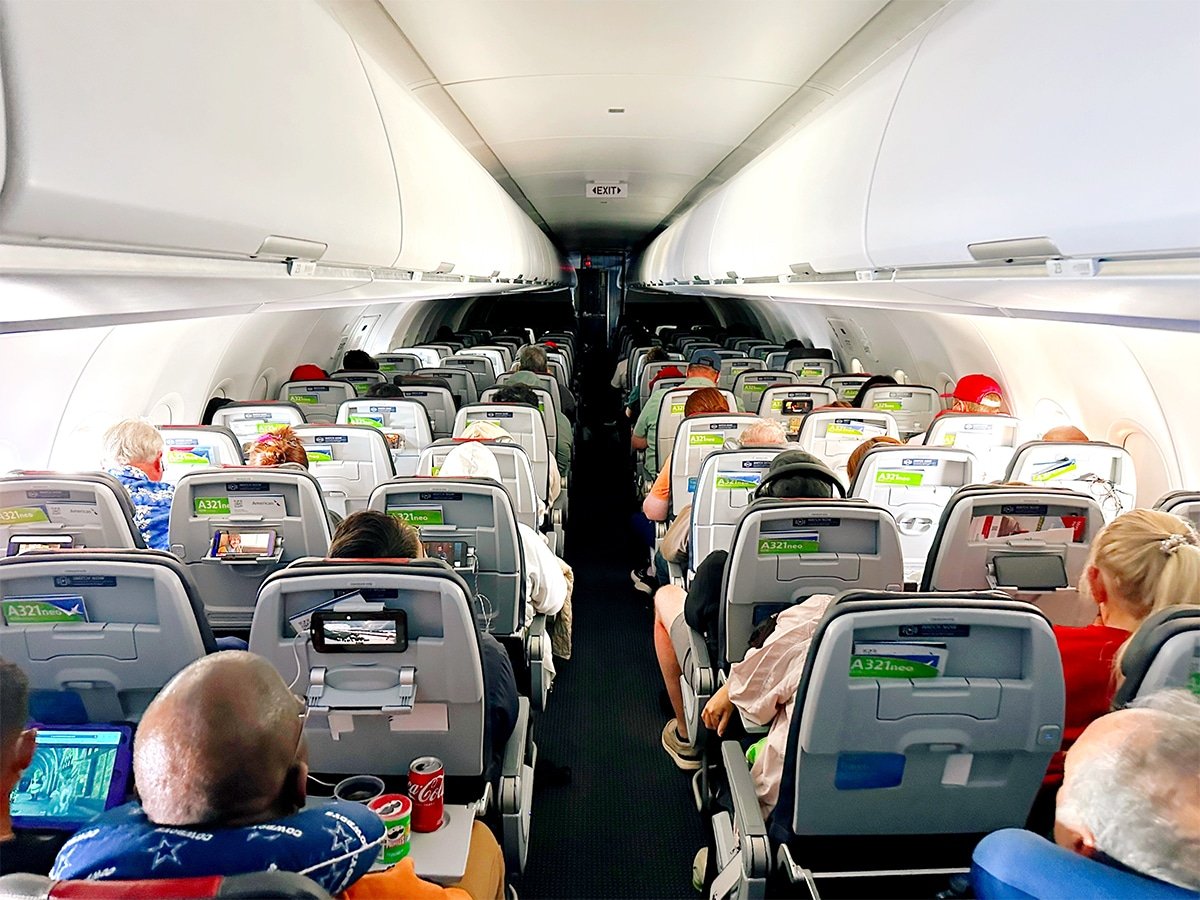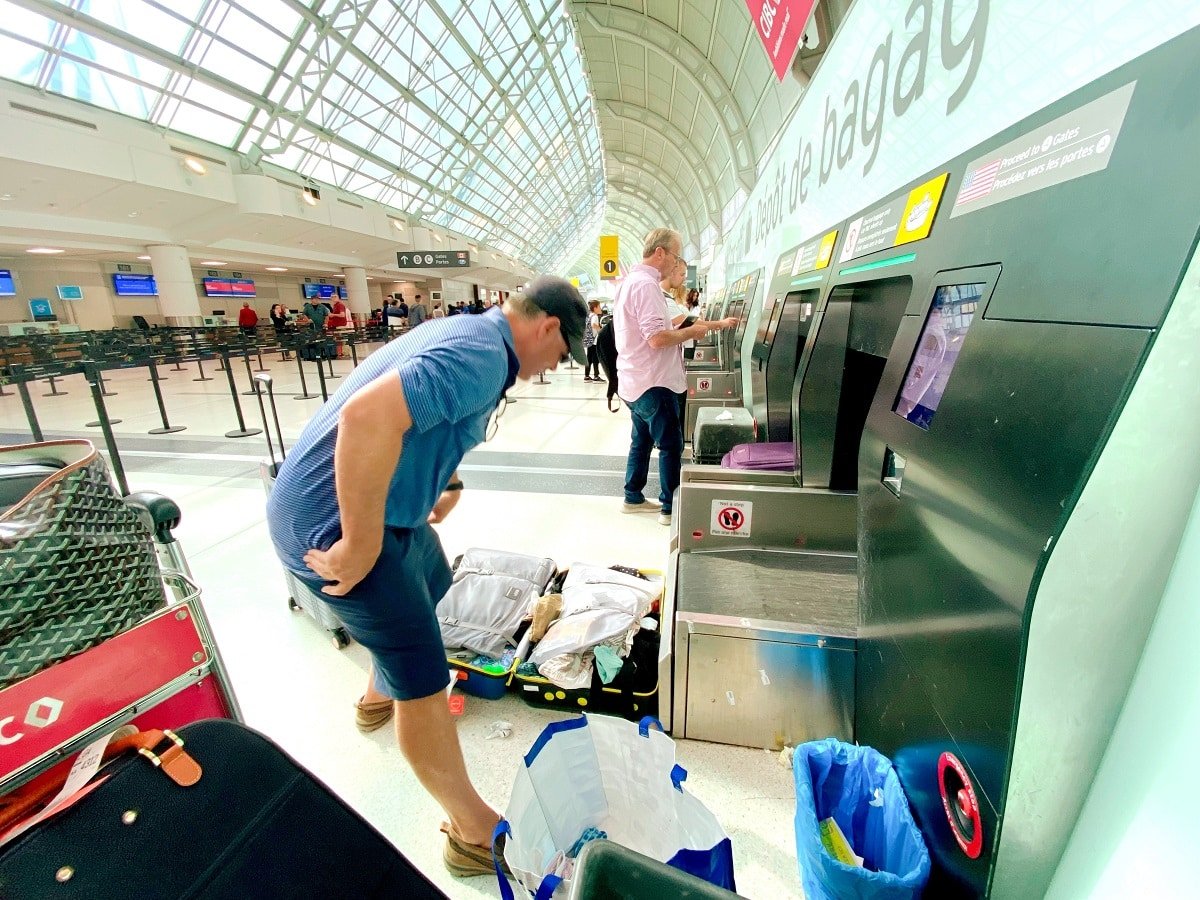
Here’s an interesting move by the Transportation Security Administration (TSA) that makes sense in the current climate. Some travelers, like me, won’t even notice a change. (I’ve been using the method below for some time as it’s faster and I’m a semi-germaphobe.) With a whole new list of guidelines released last Thursday, the TSA announced that its agents will no longer touch your boarding pass as you move through the airport security line. As written in the press release:
“Instead of handing their boarding pass to a TSA officer at the travel document podium, travelers should now place their boarding pass (paper or electronic) on the boarding pass reader themselves. After scanning, travelers should hold their boarding pass toward the TSA officer to allow the officer to visually inspect it. This change reduces the TSA officer’s need to touch a passenger’s boarding pass thus reducing potential for cross-contamination.”
Makes sense to me. I’m happy to see the government trying to protect both the agents and passengers. That said, the TSA doesn’t mention anything about not touching passenger IDs, so I assume that agents will still be doing that (they need to put IDs under a special light). If you have to hand your ID over, after you get it back make sure to wipe it down, stat!
More new TSA guidelines and procedures
In addition to pledging to no longer touch your boarding pass, the TSA announced a few other updated security procedures that summer travelers should keep in mind. If you have to fly any time soon, you should expect to:
“Separate food for X-ray screening. Passengers should place their carry-on food items into a clear plastic bag and place that bag into a bin. Food items often trigger an alarm during the screening process; separating the food from the carry-on bag lessens the likelihood that a TSA officer will need to open the carry-on bag and remove the food items for a closer inspection. This requirement allows social distancing, reduces the TSA officer’s need to touch a person’s container of food and reduces potential for cross-contamination. TSA Precheck members do not need to remove items from their bags.
“Pack smart. Passengers should take extra care to ensure that they do not have any prohibited items, such as liquids, gels or aerosols in quantities greater than 3.4 ounces, in their carry-on bags (water bottles, shampoo). In response to COVID-19, TSA is allowing one liquid hand sanitizer container, up to 12 ounces per passenger, in carry-on bags. Passengers are required to remove the hand sanitizer from the carry-on bag before being submitted for X-ray screening. If a bag is found to contain a prohibited item, passengers may be directed to return to the divestiture table outside of security with their carry-on bags to remove the item and dispose of the item. The passenger may also be directed back outside of security to remove, items that should have originally been divested (such as laptops, liquids, gels, and aerosols, and large electronics) and resubmit their property for X-ray screening. By resolving alarms in this manner, TSA officers will need to touch the contents inside a carry-on bag much less frequently, reducing the potential for cross-contamination.
“Practice social distancing. Passengers should allow for social distancing to reduce direct contact between employees and travelers whenever possible without compromising security. Noticeable adjustments leading up to the security checkpoint include, increasing the distance between individuals as they enter the security checkpoint, placing visual reminders of appropriate spacing on checkpoint floors and staggering the use of lanes where feasible. No two airports are alike, so this could look a little different at each airport.
“Wear facial protection. TSA officers at checkpoints are now using facial protection. Travelers are encouraged to wear face protection to the checkpoint as well. Please note, however, passengers may need to adjust it during the screening process. Travelers are also encouraged to remove items such as belts, and items from their pockets, like wallets, keys and phones, and put them directly into their carry-on bags instead of into the bins to reduce touch-points during the screening process.”
See the full TSA press release here.
Have your own tip? Email it to whitney@johnnyjet.com!
Want to see more tips? Click here for all 1,715!
Want even more travel tips? Sign up here for the Daily Travel Tip newsletter! Enter your email address and check “Daily Travel Tip” to receive Johnny’s best tips in your inbox each day!
If you already subscribe to our weekly newsletter, you can sign up on the same page. Just fill in your email and check “Daily Travel Tip” on the same page. You’ll receive an email with a link to update your JohnnyJet.com preferences. On that page, just click the Daily Travel Tip box and Update Profile.







